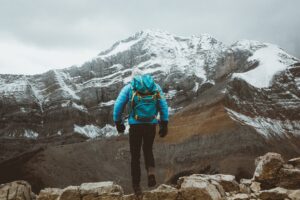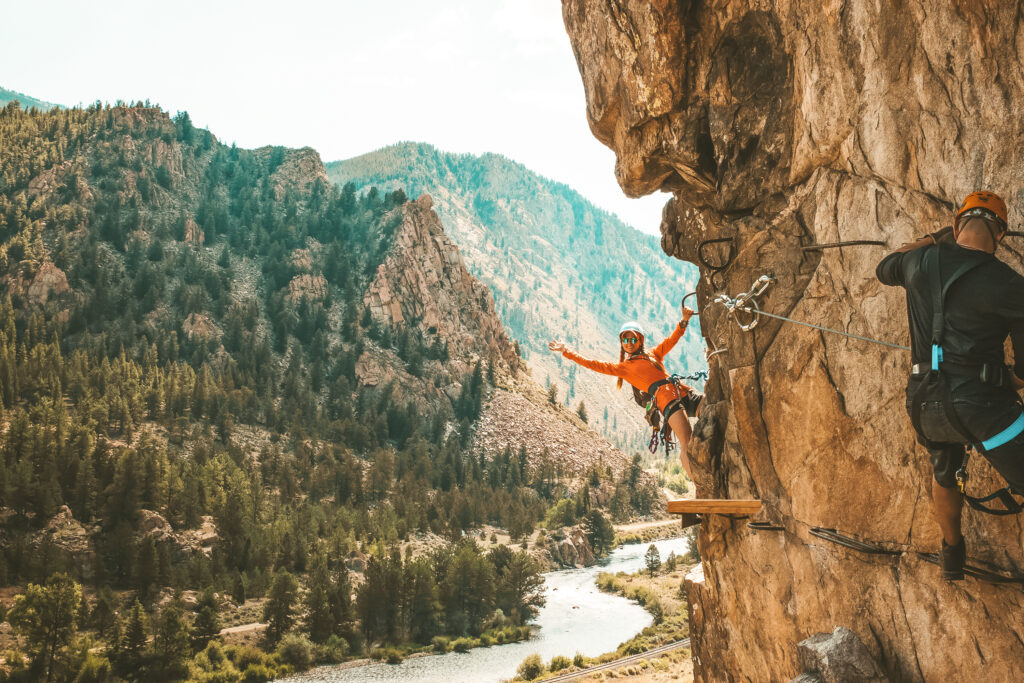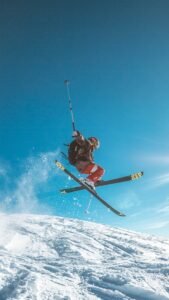Experiencing dizziness, headaches, and fatigue? Wondering if you have a bug coming on, ate something funky, or just headed up to the mountains too quickly?
 All three of these symptoms are common symptoms of acute Altitude Sickness. Living at, or visiting areas of higher elevation, most of us in Colorado have experienced altitude sickness at some point or another. These symptoms can quickly turn a fun ski, hike, or bike day sour, so we want to share our tips on how to reduce altitude sickness on your visit to Breckenridge.
All three of these symptoms are common symptoms of acute Altitude Sickness. Living at, or visiting areas of higher elevation, most of us in Colorado have experienced altitude sickness at some point or another. These symptoms can quickly turn a fun ski, hike, or bike day sour, so we want to share our tips on how to reduce altitude sickness on your visit to Breckenridge.
Altitude sickness occurs when travelling too quickly to high elevations–typically those above 8,000 ft. Oxygen levels decrease at higher elevations, along with air pressure and temperature. This often makes it more difficult to engage in intense physical activity, as our lungs struggle to take in as much oxygen as at sea level.

Because of this, when you gain over 3,000ft of elevation traveling from even the Mile High City of Denver to Breckenridge, your body might react negatively. Keep reading to learn three ways to reduce the negative effects of altitude.
Take a Break (and Explore)
With increasing ease of travel from Denver to Breckenridge, it does not seem as if one is travelling that far or that high, and it can be difficult to remember that this trip includes several thousand feet of elevation gain!
One way to avoid altitude sickness is to go slow and take a break at a midway point. Consider spending a day somewhere between your initial and final destination to allow your body to adapt to the change in air pressure and oxygen levels. The town of Idaho Springs, Colorado, on the way to Breckenridge, could be a great stop!

It offers unique outdoor adventures and historical activities. You could participate in a raft or zipline trip, take a tour of Idaho Spring’s Argo Mine and Mill, leisurely stroll along the Clear Creek River, or visit the many locally owned businesses on Miner Street! After you spend a mellow day letting your body adjust to the slight change in altitude, then continue up to Breckenridge!
Carbs!
Although carbohydrates have been villainized by diet fads in the last few decades, the truth is that they are a great source of energy especially at high altitudes. An increase in carb intake at higher elevations lessens the risk of low blood sugar and provides longer lasting energy.

This is especially important if you will be skiing or participating in any intense sports, as at higher altitudes, your body needs a higher amount of blood sugar at the same level of activity, relying on increased carbohydrates to maintain a normal balance.
It is also important to not just increase your carbohydrate intake, but to also increase your overall food intake to stay energized and reduce fatigue. You may need to consume up to twice as many calories at higher elevations to fuel yourself for the same activities at lower altitudes!
To ensure your body is properly fueled for your trip to high elevation we recommend eating foods rich in carbs such as:
- Oats
- Who doesn’t love a good bowl of warm oatmeal on a cold winter morning?
 Bananas
Bananas
- A great and easy snack! Also a good topper for the oatmeal!
- Blueberries
- One of my personal favorites, a great snack, and another good oatmeal addition.
- Sweet Potatoes
- A wonderful addition to any dinner.
- Brown Rice
- This can be an easy staple for any meal
And if you are looking for somewhere to refuel in Breckenridge, check out our 11 must try restaurants!
Water for the Table
This one is heard so often, we almost disregard it! Drinking water seems to be the magic cure for everything, but increased fluids really do help! Your body is comprised of 60% water, so it is no wonder you feel much better when you stay appropriately hydrated.

Colorado also has an extremely dry climate which contributes to dehydration, so when visiting, you might find yourself thirstier than usual. To combat altitude sickness swap out your sodas for water or electrolyte drinks, and be sure to keep sipping water, even when you might not feel thirsty. By increasing your water intake, you will increase your blood oxygen levels.

At higher altitudes, the effects of alcohol can also be felt more strongly, including its dehydrating properties. If you choose to drink, make sure you also order water for the table, so altitude sickness doesn’t get you down!
With these helpful tips, you will be well prepared to reduce altitude sickness on your trip to Breckenridge or surrounding areas of high altitude. No more having to skip fun activities like skiing, rafting or ziplining; instead, head on over to our shop to book your rentals and get back on the slopes!
Edited by Rosa Canales, Marketing Specialist
